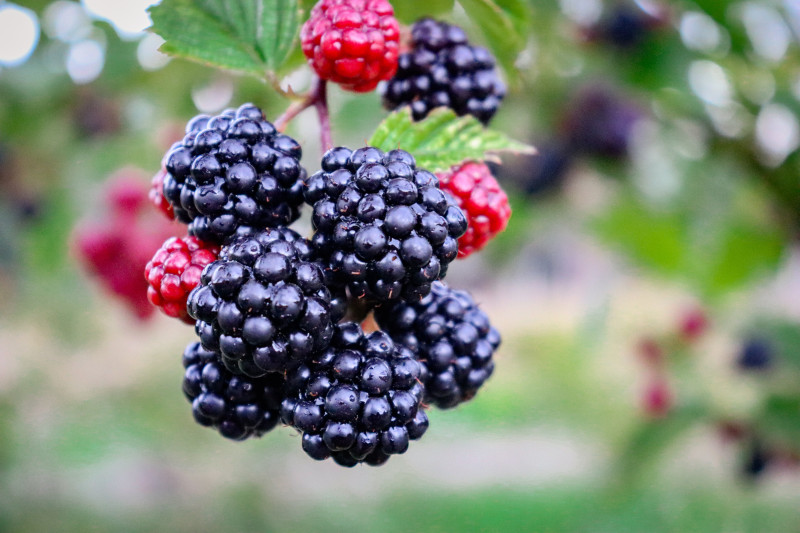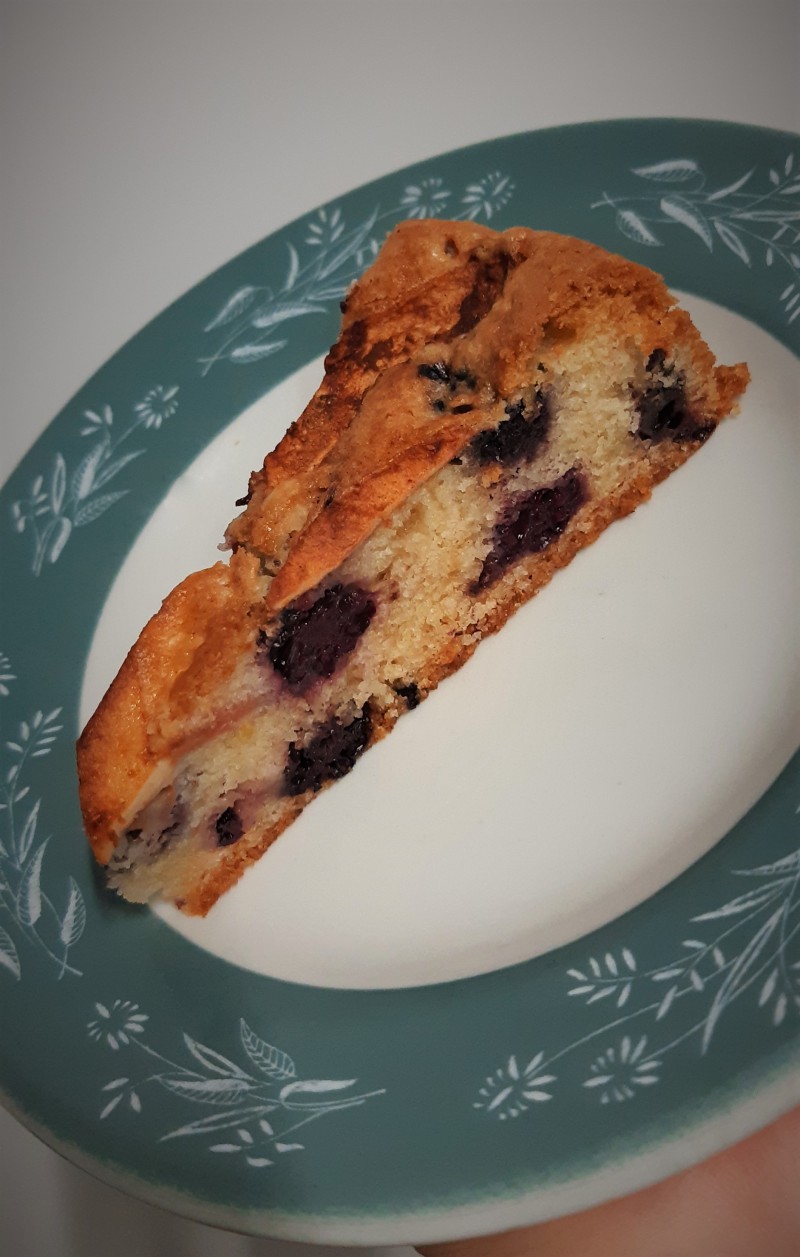Hot summer days and bright sunshine are loved not only by humans but by berries, too. Blackberries, mountain huckleberries, alpine strawberries, cherries, blackcurrants, raspberries and elderberries.
Some berries will be easy to find, such as cherries and blackberries. They are not very fussy about the environment they grow in and they spread very easily due to birds being big fans of them. Before starting to pick and eat them, you could consult with local foraging experts (such as on Facebook), join organised foraging groups, or by post a picture asking if that’s the plant you think it is. Using apps such as Google Lens or PictureThis, taking a snapshot of berries including the leaves might help but be cautious. Find out what the berries, leaves and plant itself should look like and then how the berries should taste. Even if you think you know, it never hurts to double check, because even though all berries are edible, some of them edible only once! Never eat something that you aren’t sure about!
Let’s dive into blackberries in a little more detail, since they are the most prevalent.

Identifying the plant
Blackberries have a deliciously tart flavour – they are free and only available for a short period of time. When berries are fully ripe, they are shiny, plump and black and taste sweet and tangy. Underripe ones, normally light red or pink colour are sour and bitter. Blackberries could be also described as earthy and rather unique, because no two blackberries are the same.
Blackberries happily grow in a sunny but also sheltered area because the plant tolerates light shade too. They prefer moisture-retentive but free-draining soil. Most people consider the random prickly stick growing from the ground a weed and dig it out but that’s the blackberry. When left unattended, it crawls on fences and over other plants with its long thorny arching stems. Each leaf is divided into three or five serrated, short-stalked, oval leaflets. Leaves are dark green on top and pale beneath. Forget shop-bought blackberries! When the time is right, you will start seeing small, white flowers and soon enough little berries will show up. With a little bit of sunshine and no effort at all, you will have your own juicy blackberries. Give them a little pull and when they are ripe, they will come off easily. Do take care not to get too many around your mouth or clothes because they stain very easily.
If you’re not growing berries in your own garden, there are many places to pick them, such as local parks and forests. A bit of advice: avoid very soft ones and those growing lower than knee height. Also, stay away from the road or areas where the grass may be sprayed with pesticides. Keep an eye out for berries before they are ripe, so you are ready with knowledge of the most remote bushes. Blackberry picking at the best spots can get competitive in some towns! Ideally, investigate each berry closely by eye and soak them in water before eating to deworm/debug them. The National Trust asks that you don’t completely clear an area of berries – leave some for the wild animals and birds as this as well will give the plants a chance to re-seed (more fruit next year!)
Get cooking
You’ll need to eat or freeze your berries within 24 hours. If you need inspiration on what to do with your picked blackberries, look no further.
Depending on how many you have gathered, they can be boiled with sugar and made into compote for your breakfast pancakes, added to smoothies, made into a jam, or frozen and added to a summer drink. They can be used as a decoration for a dessert, an addition to a fruity summer pudding or even blackberry ‘jerky’. Today I will share with you my mum’s Blackberry and Apple Cake recipe. It is really nice and fluffy because it is quite thin and it doesn’t take long to prepare or to bake. Give it a go!

Mum’s Blackberry Apple Cake
Serves: 10
Prep time: 15 mins
Cooking time: 30 mins
Ingredients
Instructions
* For V for Life’s position statement on vegetarianism and veganism, please click here.
Categories:
Recipes